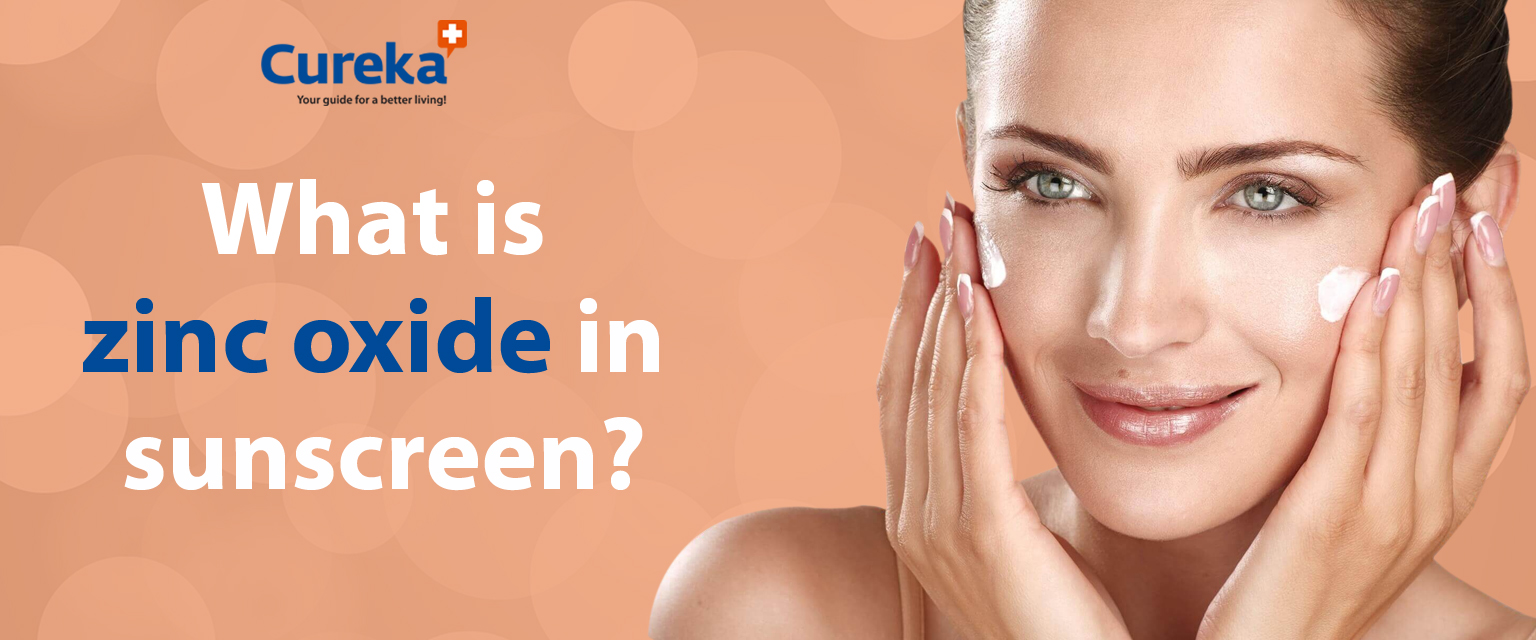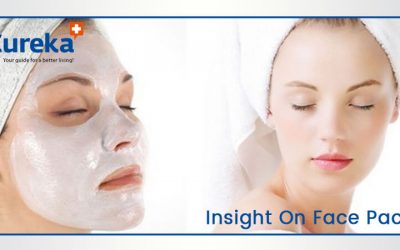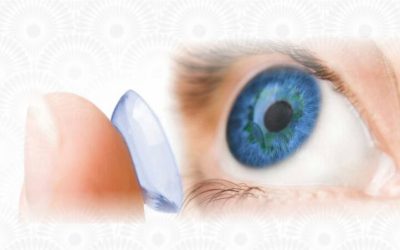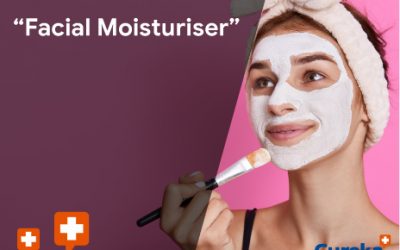What Is Zinc Oxide in Sunscreen?
Introduction
You might have seen an ingredient called “zinc oxide” in all the calamine lotions and sunscreen bottles to make products even for acne treatments; however, do you know what zinc oxide is? Theoretically, it is all-natural, appearing as a mineral zincite; however, it may also get produced synthetically or using chemical dispensation by human agencies. Its most general and distinguished usage is as a sunscreen agent (FDA-approved).
Being a mineral-based active sunscreen element, zinc oxide imitates light off a skin surface where a sunscreen gets applied back in the environment, just like a mirror.
Zinc oxide could be ‘micronized,’ meaning that it’s processed in smaller particles, very small, and that preparation looks very clear of applied on your skin. The non-micronized formulations are usually less cosmetically elegant and are more white or opaque. Therefore, if you’ve used sunscreen, which left a white-colored powdery cast on the body, it most probably has ZnO as the main ingredient.
To understand more how this element plays a vital role in the skincare routine, particularly in the sun protection department, let’s go through some commonly discussed points by the top dermatologists.
What are the Pros of Zinc Oxide?
- It Protects You Against Both UVB and UVA Rays
Amazingly, not all sunscreen ingredients can protect you against UVB and UVA rays. However, Zinc oxide does that very well. It’s a broad-spectrum, photostable sunscreen; therefore, it has among the most significant UVA coverages of all sunscreen ingredients.
- It Works Immediately
You’ve perhaps been told to wait for a minimum of 20 minutes between using the sunscreen and going outside in the sun. As this is a physical blocker, it works immediately when you apply that, so theoretically, it does not need to take 15–30 minutes before you go outside and get sun exposure, as a chemical sunscreen does. Whereas this is true for a few sunscreens, it is not required while using brands having zinc oxide.
- It Works Equally Well for All the Skin Types
As ZnO is a skin protectant, it hardly causes skin irritation. So, it can be utilized on all skin types, even on people having susceptible skin. Also, it is non-comedogenic for maximum parts, meaning it is improbable to cause acne or breakouts.
Who Can Use Zinc Oxide?
Fundamentally, everybody can use zinc oxide. Anybody over six months can utilize physical sunscreens, which have zinc oxide. Rosacea, sensitive skin, and acne patients can benefit from zinc oxide’s anti-inflammatory properties. In addition, skin discoloration patients like melasma can benefit from zinc oxide’s capability of blocking UV lights and all infrared and visible lights when not creating heat that can aggravate pigmentary problems.
Important Points to Consider
- An appropriate complete body application needs 1-ounce for proper coverage. The majority of us underapply by around 50 percent.
- Check if the preparation is water-resistant and re-apply it every 40 to 60 minutes or as specified on the label.
- The chest, hands, and neck are frequently overlooked areas that require sunscreen. Even a few minutes of exposure every day over a period add undesired UV exposure, which can result in skin changes or even increased incidences of skin cancer.
Conclusion
Precise formulations of zinc oxide are well-tolerated. So, if you choose it, get tint and use it like a makeup primer. It’s much better to use sunscreen indoors, although zinc oxide works quickly.











